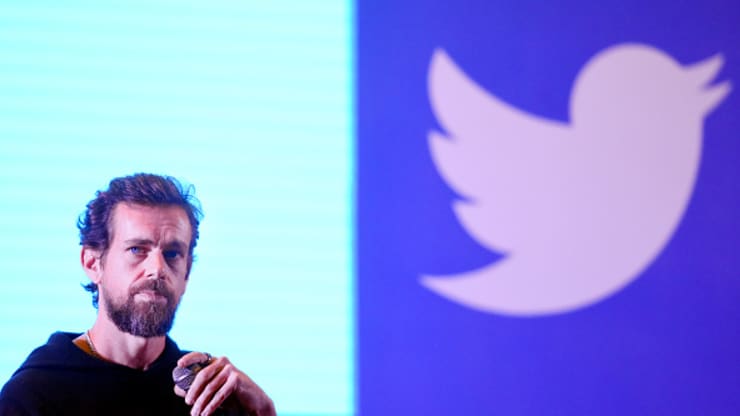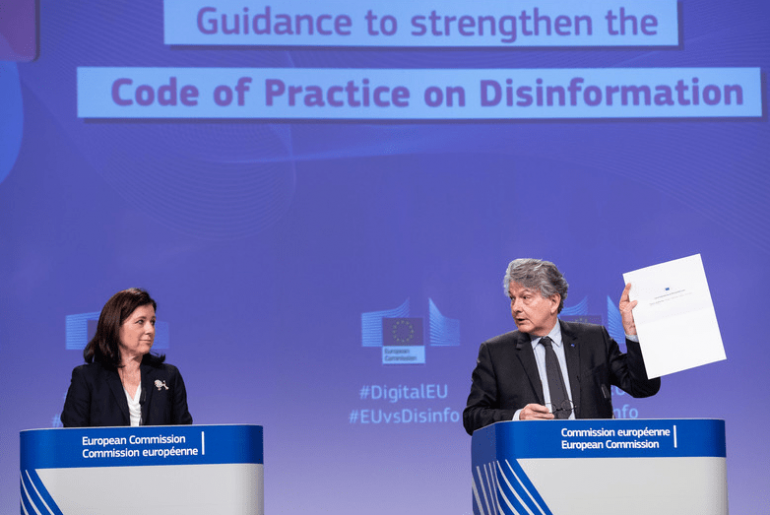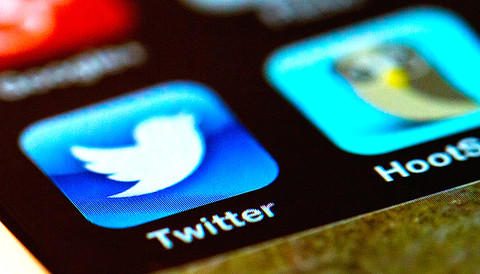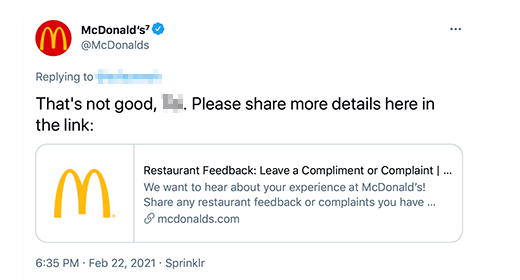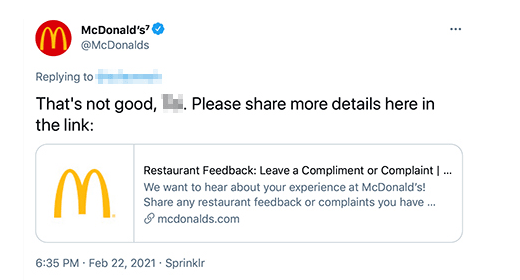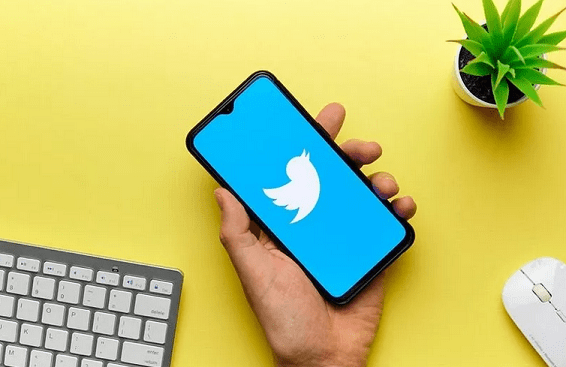By Ben Thompson
To what extent are new companies, particularly those in new spaces, pushed versus pulled into existence? Last week I wrote about how Tesla is a Meme Company:
It turned out, though, that TSLA was itself a meme, one about a car company, but also sustainability, and most of all, about Elon Musk himself. Issuing more stock was not diluting existing shareholders; it was extending the opportunity to propagate the TSLA meme to that many more people, and while Musk’s haters multiplied, so did his fans. The Internet, after all, is about abundance, not scarcity. The end result is that instead of infrastructure leading to a movement, a movement, via the stock market, funded the building out of infrastructure.
Electrification of personal vehicles would have happened at some point; it seems fair to argue that Musk accelerated the timeline significantly. Clubhouse, meanwhile, Silicon Valley’s hottest consumer startup, feels like the opposite case: in retrospect its emergence feels like it was inevitable — if anything, the question is what took so long for audio to follow the same path as text, images, and video.
Step 1: Democratization
The grandaddy of independent publishing on the Internet was the blog: suddenly anyone could publish their thoughts to the entire world! This was representative of the Internet’s most obvious impact on media of all types: democratization.
- Distributing text no longer required a printing press, but simply blogging software:

- Distributing images no longer required screen-printing, but simply a website:

- Distributing video no longer required a broadcast license, but simply a server:

- Distributing audio no longer required a radio tower, but simply an MP3:

Businesses soon sprang up to make this process easier: Blogger for blogging, Flickr for photo-sharing, YouTube for video, and iTunes for podcasting (although, in a quirk of history, Apple never actually provided centralized hosting for podcasts, only a directory). Now you didn’t even need to have your own website or any particular expertise: simply pick a username and password and you were a publisher.
Step 2: Aggregation
Making anyone into a publisher resulted in an explosion of content; this shifted value to entities able to help consumers find what they were interested in. In text the big winner was Google, which indexed pre-existing publications, independent blogs, and everything in-between. The big winner in photos, meanwhile, ended up being Instagram: users “came for the tool and stayed for the network”, as Chris Dixon memorably put it:
Instagram’s initial hook was the innovative photo filters. At the time some other apps like Hipstamatic had filters but you had to pay for them. Instagram also made it easy to share your photos on other networks like Facebook and Twitter. But you could also share on Instagram’s network, which of course became the preferred way to use Instagram over time.
The Internet creates a far tighter feedback loop between content creation and consumption than analog media; Instagram leveraged this loop to become the dominant photo network. YouTube accomplished a similar feat, although the relative difficulty in creating video meant that the ratio of viewers to creators was much more extreme than in the case of photo-sharing. That, though, is exactly what made YouTube so dominant: creators knew that that was where all of their would-be viewers were.
Spotify is trying to do something similar for audio, particularly podcasts. I wrote in a Daily Update after the streaming service signed Joe Rogan to an exclusive contract:
Spotify, meanwhile, has its eyes on an absolute maxima — a podcast industry that monetizes at a rate befitting its share of attention — but as I have explained, that will only be possible with a Facebook-like model that dynamically matches advertisers and listeners in real-time, as they are streaming a podcast…This, by extension, means that Spotify needs a much larger share of the market, so that they can start generating advertising payouts that are better than the current stunted model, thus convincing podcasters to give up their current ads and use Spotify’s platform to monetize instead.
In this view the motivation for the Rogan deal is obvious: Spotify doesn’t just want to capture new listeners, it wants to actively take them from Apple and other podcast players. And, if it can take a sufficient number, the company surely believes it can create a superior monetization mechanism such that the rest of the podcast creator market shifts to Spotify out of self interest.
Capture enough of the audience and the creators will follow.
Step 3: Transformation
Still, even with the explosion of content resulting from democratizing publishing, what was actually published was roughly analogous to what might have been published in the pre-Internet world. A blog post was just an article; an Instagram post was just a photo; a YouTube video was just a TV episode; a podcast was just radio show. The final step was transformation: creating something entirely new that was simply not possible previously.
Start with text: Twitter is not discrete articles but a stream of thoughts, 280 characters long. It was the stream that was uniquely enabled by the Internet: there is no real world analogy to being able to ingest the thoughts of hundreds or thousands of people from all over the world in real-time, and to have the diet be different for every person.

What is interesting is the effect this transformation had on blogging; Twitter all but killed it, for three reasons:
- First, Twitter was even more accessible than blogging ever was. Just type out your thoughts, no matter how half-formed they may be, and hit tweet.
- Second, because blogging was so distributed and imperfectly aggregated it was hard to build an audience; Twitter, on the other hand, combined creation and consumption like any other social network, which dramatically increased the reward and motivation for posting your thoughts there instead of on your blog.
- Third, Twitter, thanks to the way it combined a wide variety of creators in an easily-consumable stream, was just a lot more interesting than most blogs; this completed a virtuous cycle, as more consumers led to more creators which led to more consumers.
Instagram, meanwhile, had always had that transformational feed, which carried the service to its first 500 million users; it was Stories, though, that re-ignited growth:
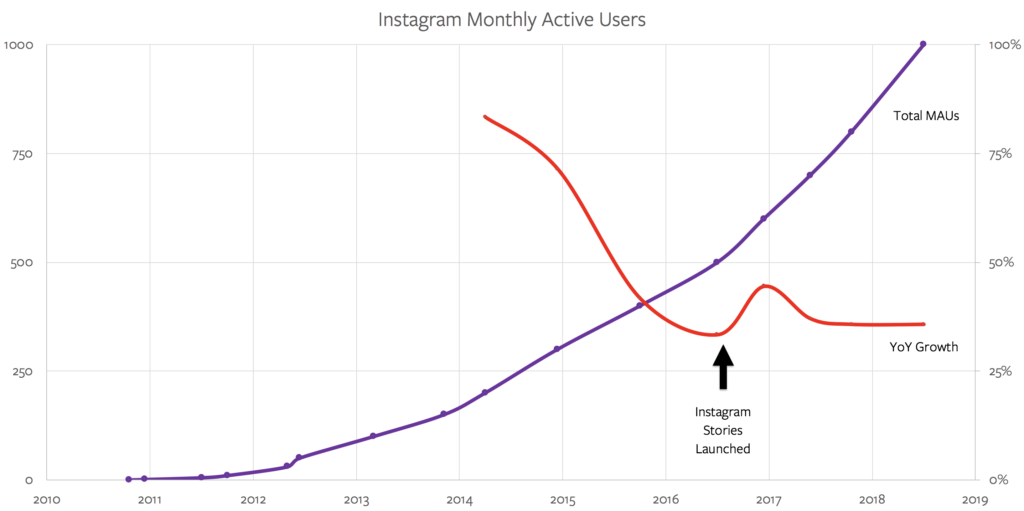
Stories — which Instagram audaciously copied from Snapchat — combined the customized nature of the feed with the ephemerality inherent in digital’s abundance; the problem with posting what you had for lunch was not that it was boring, but that no one wanted it to stick around forever.

This too appears to have reduced usage of what came before; while Facebook has never disclosed Stories usage relative to feed viewing, that chart above is from this August 2018 Article about Facebook’s Story Problem — and Opportunity, where I observed:
While more people may use Instagram because of Stories, some significant number of people view Stories instead of the Instagram News Feed, or both in place of the Facebook News Feed. In the long run that is fine by Facebook — better to have users on your properties than not — but the very same user not viewing the News Feed, particularly the Facebook News Feed, may simply not be as valuable, at least for now.
The opportunity came from the fact that dramatically increasing inventory would surely lead to significant growth in the long run, which is exactly what has happened. It didn’t matter that Stories were not nearly as well-composed as pictures in the Instagram feed; in fact, that made them even more valuable, because Stories were easier to both produce and consume.
TikTok is doing the same thing with video; in this case the transformative technology is its algorithm. I explained in The TikTok War:
All of this explains what makes TikTok such a breakthrough product. First, humans like video. Second, TikTok’s video creation tools were far more accessible and inspiring for non-professional videographers. The crucial missing piece, though, is that TikTok isn’t really a social network…
ByteDance’s 2016 launch of Douyin — the Chinese version of TikTok — revealed another, even more important benefit to relying purely on the algorithm: by expanding the library of available video from those made by your network to any video made by anyone on the service, Douyin/TikTok leverages the sheer scale of user-generated content to generate far more compelling content than professionals could ever generate, and relies on its algorithms to ensure that users are only seeing the cream of the crop.
YouTube has invested heavily in its own algorithm to keep you on the site, but its level of immersion is still gated by its history of serving discrete videos from individual creators; TikTok, on the other hand, drops you into a stream of videos that quickly blur together into a haze of engagement and virality.

There is nothing like it in the real world.
Podcasts and Blogs
What is striking about audio is how stunted its development is relative to other mediums. Yes, podcasts are popular, but the infrastructure and business model surrounding podcasts is stuck somewhere in the mid-2000’s, a point I made in 2019 in Spotify’s Podcast Aggregation Play:
The current state of podcast advertising is a situation not so different from the early web: how many people remember this?

These ads were elaborate affiliate marketing schemes; you really could get a free iPod if you signed up for several credit cards, a Netflix account, subscription video courses, you get the idea. What all of these marketers had in common was an anticipation that new customers would have large lifetime values, justifying large payouts to whatever dodgy companies managed to sign them up.
The parallels to podcasting should be obvious: why is Squarespace on seemingly every podcast? Because customers paying monthly for a website have huge lifetime values. Sure, they may only set up the website once, but they are likely to maintain it for a very long time, particularly if they grabbed a “free” domain along the way. This makes the hassle of coordinating ad reads and sponsorship codes across a plethora of podcasts worth the trouble; it’s the same story with other prominent podcast sponsors like ZipRecruiter or SimpliSafe.
The problem is that the affiliated marketing for large lifetime-value purchases segment is not a particularly large one
One of the takeaways of that piece was that monetization was holding podcasts back, and that Spotify appeared to be positioning itself to expand the podcast advertising market via centralization. Looking back, though, I should have realized that but for a few exceptions, advertising never ended up working out for blogs; the premise behind 2015’s Blogging’s Bright Future was that subscriptions made far more sense as a business model:
Forgive me if this article read a bit too much like an advertisement for Stratechery; the honest truth is my fervent belief in the individual blog not only as a product but also as a business is what led to my founding this site, not the other way around. And, after this past weekend’s “blogging-is-dead” overdose, I almost feel compelled to note that my conclusion — and experience — is the exact opposite of Klein’s and all the others’: I believe that Sullivan’s The Daily Dish will in the long run be remembered not as the last of a dying breed but as the pioneer of a new, sustainable journalism that strikes an essential balance to the corporate-backed advertising-based “scale” businesses that Klein (and the afore-linked Smith) is pursuing.
Interestingly enough, of the three authors cited in that paragraph, both Ezra Klein — formerly of Vox — and Ben Smith — formerly of BuzzFeed — are now at the New York Times, which is thriving with a subscription model. Sullivan, meanwhile, is at Substack — itself modeled after Stratechery — where within a month of launch he had reached a $500,000 run rate.
When you think about the Twitter-driven shake-out of blogging this evolution makes sense: Twitter captured the long-tail of blogs, in the process dramatically expanding the market for publishing text, but that by definition meant that the blogs that remained popular had readers that would jump through hoops — or at least click a link — to consume their content. It makes sense that the most sustainable way for those bloggers to pay the bills was by directly charging their readers, who already had demonstrated an above-average interest in their content.
My personal bet is that podcasts will follow a similar path. Podcasts, even more than blogs, require a commitment on the part of the listener, but that commitment is rewarded by a connection to the podcast host that feels even more authentic; host-read podcast advertising leverages this authenticity, but for most medium-sized podcasts charging listeners directly will make more sense in the long run.
Implicit in this prediction, though, is that podcasts actually fade in relative importance and popularity to an alternative that doesn’t simply further democratize audio publishing, but also transforms it. Enter Clubhouse.
Clubhouse’s Opening
The most obvious difference between Clubhouse and podcasts is how much dramatically easier it is to both create a conversation and to listen to one. This step change is very much inline with the shift from blogging to Twitter, from website publishing to Instagram, or from YouTube to TikTok.
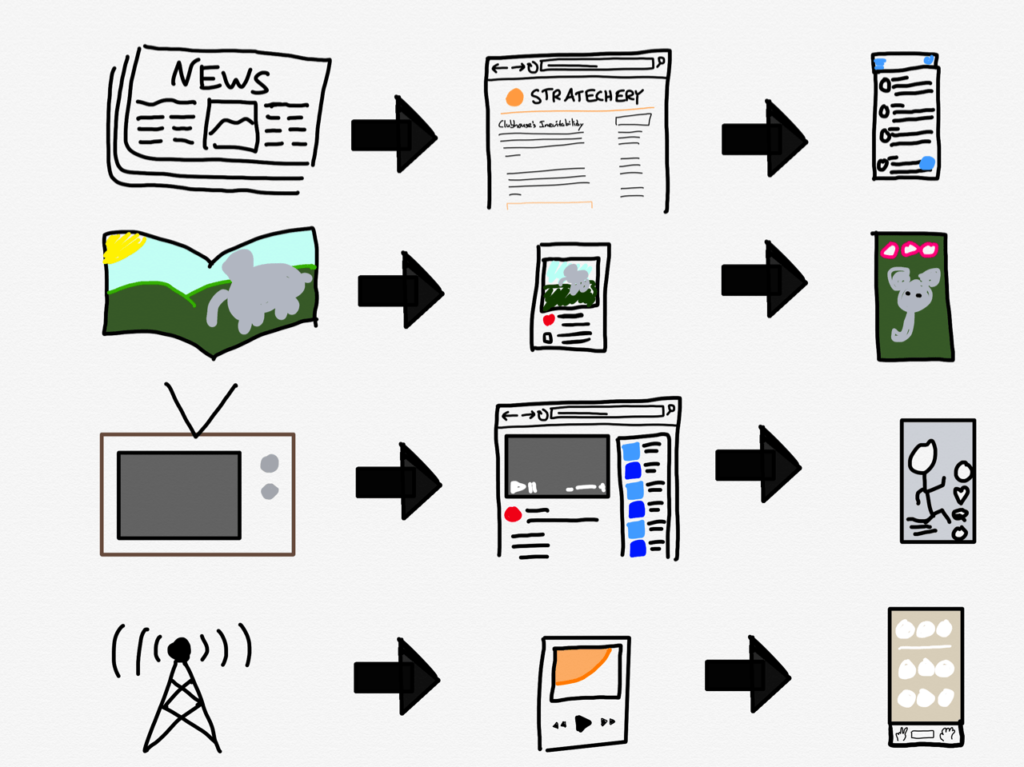
Secondly, like those successful networks, Clubhouse centralizes creation and consumption into a tight feedback loop. In fact, conversation consumers can, by raising their hand and being recognized by the moderator, become creators in a matter of seconds.
This capability is enabled by the “only on the Internet” feature that makes Clubhouse transformational: the fact that it is live. In many mediums this feature would be fatal: one isn’t always free to watch a live video, and believe me, it is not very exciting to watch me type. However, the fact that audio can be consumed while you are doing something else allows the immediacy and vibrancy of live conversation to shine.
Being live also feeds back into the first quality: Clubhouse is far better suited than podcasts to discuss events as they are happening, or immediately afterwards. For example, both Clubhouse and Locker Room, its sports-focused competitor, have become go-to destinations for sports reaction conversations, both during and after games; it’s only a matter of time before secondary market of play-by-play announcers develops, and not only for sports: anything that is happening can be narrated and discussed.
Make no mistake, most of these conversations will be terrible. That, though, is the case for all user-generated content. The key for Clubhouse will be in honing its algorithms so that every time a listener opens the app they are presented with a conversation that is interesting to them. This is the other area where podcasts miss the mark: it is amazing to have so much choice, but all too often that choice is paralyzing; sometimes — a lot of times! — users just want to scroll their Twitter feed instead of reading a long blog post, or click through Stories or swipe TikToks, and Clubhouse is poised to provide the same mindless escapism for background audio.
COVID, China, and Controversy
Much of what I’ve written is perhaps obvious; to me that lends credence to the idea that Clubhouse is onto something substantial. To that end, though, why now?
One reason is hardware:
The fact that Clubhouse makes it so easy to drop in and out of conversation is matched by how easy AirPods make it to drop into and out of audio-listening mode.
An even more important reason, though, is probably COVID. Clubhouse launched last April in the midst of a worldwide lockdown, and despite its very rough state it provided a place for people to socialize when there were few other options. This was likely crucial in helping Clubhouse achieve its initial breakthrough. At the same time, just because COVID helped Clubhouse get off the ground does not mean its end will herald the end of the audio service, any more than improved iPhone cameras heralded the end of Instagram simply because its filters were no longer necessary; the question is if the crisis was sufficient to bootstrap the network.
I suspect so. For one there is the brazenness with which Clubhouse is leveraging the iPhone’s address book to build out its network; getting on the app requires an invitation, or signing up for the waiting list and hoping someone in your address book is already on the service, which lets you “jump the line”. This incentivizes both existing and prospective members to allow Clubhouse to ingest their contacts and get their friends on as quickly as possible.
Secondly, any suggestion that Clubhouse is limited to Silicon Valley is very much off the mark. I almost fell out of my chair while playing board games when my not-at-all-technical sister-in-law started listening to a Clubhouse while we were playing board games over the weekend, and by all accounts Taiwan is one of a whole host of markets where the app has taken off. Locker Room, as noted, appears to be the app of choice for NBA Twitter, but I suspect that is a function of Clubhouse being both gated and iPhone-only; I expect both to be rectified sooner-rather-than-later. And, of course, there is the fact the service has been banned in China.
Unfortunately, that is not the only China angle when it comes to Clubhouse; the service is powered by Agora, a Shanghai-based company. The Stanford Internet Observatory investigated:
The Stanford Internet Observatory has confirmed that Agora, a Shanghai-based provider of real-time engagement software, supplies back-end infrastructure to the Clubhouse App. This relationship had previously been widely suspected but not publicly confirmed. Further, SIO has determined that a user’s unique Clubhouse ID number and chatroom ID are transmitted in plaintext, and Agora would likely have access to users’ raw audio, potentially providing access to the Chinese government. In at least one instance, SIO observed room metadata being relayed to servers we believe to be hosted in the PRC, and audio to servers managed by Chinese entities and distributed around the world via Anycast. It is also likely possible to connect Clubhouse IDs with user profiles.
That certainly puts Clubhouse’s aggressive contact collection in a more sinister light; it also very much fits the stereotype of a new social network scrambling to capture the market first, and worrying about potential downsides later. Given the importance of network effects, I’m not surprised, but the choice of a Chinese infrastructure provider in particular is disappointing for a service launching in 2020.
The perhaps sad reality, though, is that most users probably won’t care: the payoff from uploading contacts is clear, and even if you don’t, you still need a phone number to register, which means that Clubhouse is probably reconstructing your contact list from your friends who did. The company has been far more aggressive in implementing blocking and user-reported content violations mechanism; I suspect this reflects the reality that content controversies are, in the current environment, more damaging than China connections, despite the fact that the former are an inescapable reality of user-generated content, while the latter is a choice.
Whither Facebook?
The one social network that I have barely mentioned in this Article is the social network that the FTC has sued for being a monopoly. That sentence, on close examination, certainly seems to raise some rather obvious questions about the strength of the FTC’s case.
Still, the discussion of all of these different networks really does highlight how Facebook is unique: while Twitter, Instagram, YouTube, and TikTok are all first and foremost about the medium, and only then the network, Facebook is about the network first. That is how the service has evolved from text to images to video and, I wouldn’t be surprised, to audio. This also explains why Facebook managed the shift to mobile so well; for these other networks, meanwhile, it was mobile that was the foundation for their transformative breakthroughs.
That is why I would actually give Facebook’s upcoming Clubhouse competitor a better chance than Twitter’s already-launched offering. Facebook takes innovations developed in different apps for interest-based networks and adds them to its relationship-based network; at the same time, this also means that Facebook is never going to be a real competitor for Clubhouse, which seems more likely to recreate Twitter’s interest-based network than Twitter is likely to recreate the vibrancy of Clubhouse.
The other way that Facebook looms large in the social networking discussion is monetization: it is obvious that there is an endless human appetite for social networks, but advertisers would much rather focus on Facebook’s integrated suite of properties. It is not clear that Clubhouse will even pursue advertising, though; the company has announced its intention to help creators monetize via mechanisms like tipping. This has already been proven out on platforms like Twitch in the West, and is a massive success in China (there is a reason, I should note, why the best available live streaming technology was offered by a Chinese company). It’s a smart move for Clubhouse to move in this direction early, both as a means of locking in creators, and also going where Facebook is less likely to follow.
One potential loser, meanwhile, is Spotify; the company has bet heavily on podcasts, which could be similar to betting on blogs in 2007. Still, the fact the company’s most important means of monetization is subscriptions may be its saving grace; it may turn out that Spotify is the obvious home for highly produced content, available in a more consumer-friendly bundle than the a la carte pricing that followed from blogging’s decentralized nature.
For now I don’t expect Clubhouse to be too concerned about the competition; the company said on its website when it reportedly became a unicorn:
We’ve grown faster than expected over the past few months, causing too many people to see red error messages when our servers are struggling. A large portion of the new funding round will go to technology and infrastructure to scale the Clubhouse experience for everyone, so that it’s always fast and performant, regardless of how many people are joining.
That is, obviously, the best sort of problem to have, and one that evinces product-market fit (the only thing missing is a fail whale); the fact it all seems so obvious is simply because we have seen this story before.




